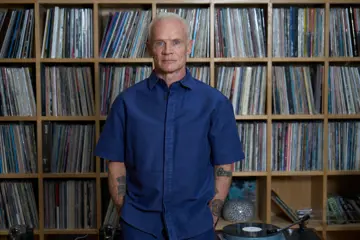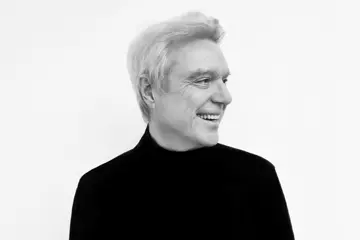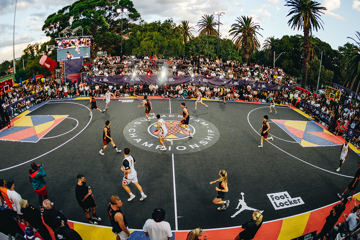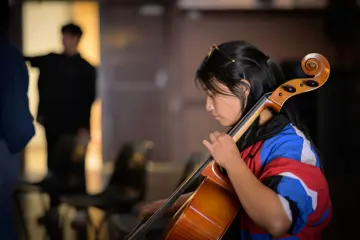Cockatoo Island – the once dilapidated penal and maritime precinct in Sydney Harbour – is being magically transformed. Biennale Artistic Director Gerald McMaster is sauntering around the island quietly contemplating works of art when we speak, however solitude and reverie here requires an extreme measure of patience as the forgotten island is also the habitat for angry birds.
“The seagulls sound very hungry,” McMaster observes, and with the compassion of a Zen Master he prefers to describe the ungodly din during our interview as “a chorus”. In fact, it is this relational and compassionate approach that forms the prevailing mood for this year's 18th Biennale of Sydney, 100 artists from all around the globe working in a collaborative manner and “representing the Biennale themes, which include migration, contamination, corruption and coercion.”
McMaster, speaking a little louder now, explains the melodious soft humming emanating from inside a series of beehives titled Swarm (ASX). “We have to turn the volume up very high in order to fully contemplate the scale and pitch of this work.” He is describing a poetic installation by UK-based artist Alec Finlay, however this time it isn't the chorus of silver gulls he compensates for but the chorus of artist enthusiasms, “the critical mass of artists and volunteers are arriving and installing their works; it's amazing.”
Finlay is a poet and publisher as well as artist passionate about social and natural “fluctuations” in a time of climate change. In collaboration with sound artist Chris Watson, they have installed ten wooden beehives on the lawns in the upper island precinct and each hive has an internal speaker projecting an audio of honey bees which changes in tenor and volume according to the “live” parallel fluctuations of the Global Stock Exchange. McMaster suggests this is a reference to human responses to natural disasters like tsunamis and earthquakes.
Don't miss a beat with our FREE daily newsletter
“Knock On The Sky, Listen To The Sound is an installation by New Zealand artist Tiffany Singh comprising an array of wind chimes,” he continues. ”Tiffany's title is also a Buddhist expression. We had to find an outdoor site here for the work where the wind is best, where it can be both gentle and strong.”
As McMaster details to me the diverse spiritual dimensions to Singh's work a strange silence prevails, the chorus of gulls falls into pausa, silence – I begin to appreciate the curator's sensibility – together we notice the feint tinkling of chimes trickling through the stillness.
“There is a feeling of sadness here,” he reflects while gazing at an overgrown boat ramp. “This place has been abandoned for a long while. Pakistani artist Imran Qureshi comes from the 400-year old Mughal Miniaturist tradition and is transforming this old ramp with intricate acrylic drawings that echo the plant life engulfing it. Imran describes that his approach to making art is to collaborate closely with nature's forces; this work is titled, They Shimmer Still.
“This [is] the most exciting part of the curatorial process so far,” he suggests, prompted by the beehives, the miniature patterning and murmuring wind chimes. “Artists and hundreds of volunteer art students enthusiastically collaborating, changing the landscape. Nature is slowly repossessing this island, the artists are renewing it.”
The 18th Biennale of Sydney runs from Wednesday 27 June - 16 Septembers at various locations around Sydney.















